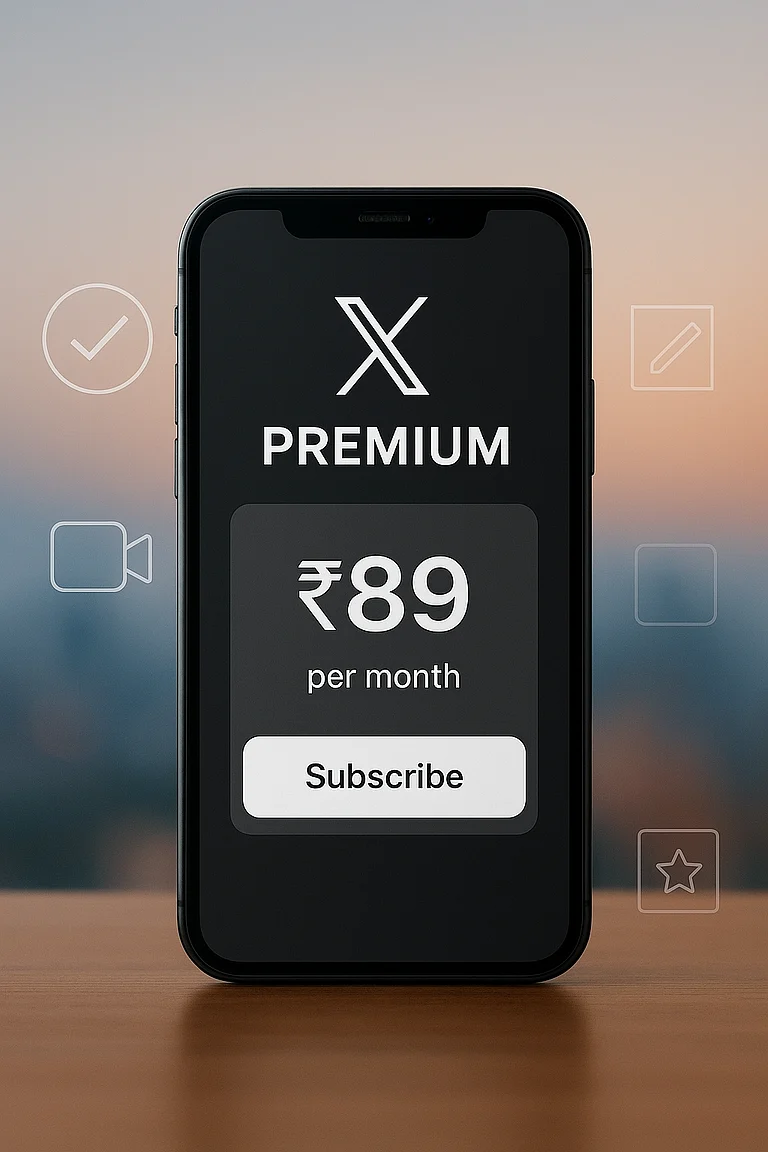Women outlive men in most parts of the world and are unfortunately at the risk of more chronic illnesses that may need hospitalisation. How should women go about thinking about healthcare costs and buying the right health insurance cover?
As women, we often -- albeit subconsciously -- mentally mark the location of nearby hospitals and clinics as we drive by or walk past them, just to be prepared for any emergency. In this “be prepared” mode, having adequate health insurance is a critical component. Here are the parameters you can refer to when you are choosing the right health insurance:
1. Determining Adequate Cover and Factoring Inflation
The inevitable question is how much health insurance is “adequate”. We can’t predict future illnesses, but a quick guide is to figure out which hospital you would like to go to in case of a medical emergency, and then check out what their basic and major hospitalisation costs are. Plan to have health coverage for that amount at least.
Don’t forget: there’s the usual healthcare inflation which is at nearly 9 per cent, and this is something that may end up taking a further boost under the pressure of the pandemic. A Rs 10 lakh family floater that seems adequate today may not have the same value later, say a few years down the road. Now combine all this with the fact that increasing covers or buying new policies get difficult as you grow older, you might not be able to buy a larger enough cover after you develop a disease or make a claim.
Act now and buy the highest cover you can afford, otherwise, you may likely end up in a soup - either not affording quality care for yourself, or using up life savings for health emergencies.
2. Personal Medical History
Another way of figuring out what your medical insurance cover should be is to take into account your age, family medical history, and lifestyle. So, if your father is diabetic, your mother has blood pressure, or your grandmother suffered from renal failure - you must factor these details into the amount of medical cover you are planning for, and disclose them to the health insurance provider.
3. Different Coverage with Age
By and large, it is suggested that an individual should have at least a cover of Rs 10 lakh when she is in her 20s, and this amount should increase as she gets older. Furthermore, when you are younger, you are typically in better health and premiums are cheaper. Lifestyle illnesses and age can affect not only our health but premiums on insurance as well.
4. Coverage Changes with Family Status
If/when you get married, you can opt for family floater policies where one policy covers both spouses. The kind of family floater you opt for can change as your family grows. However, as your children grow, it makes sense to get individual policies because the premium depends on the age of the oldest family member. For the same reason, if your parents are dependent on you, you should take individual policies for them rather than include them in the family floater policy.
If a woman has no individual policy and is only a floater with her husband, it could spell trouble if things get rocky in the marriage. Irrespective of your relationship status, I’d recommend buying individual health insurance.
5. Pick Insurance According to Your Purse
Another rule of thumb is to keep your basic policy at Rs 10 lakh. The bottom line, however, is to figure out what you can afford. You need to understand how much you can afford to pay as a premium. Remember, the health insurance policy is not an investment tool nor merely a means of saving tax. While you may feel you are never going to need it, medical insurance has a very real purpose: to not throw your life into financial jeopardy should a medical emergency arise.
Make sure that you aren’t going for the cheapest policy, just because, well, it’s the cheapest. Choose a policy that has your needs covered and when the time comes, will have your back!
6. Policy Features
You’d want to understand policy features such as room-rent limits, co-payments (what you will have to pay out of pocket), and OPD costs. You do not want to be trapped with high co-payments or low room rent limits because you did not select the right policy or missed the fine print.
Room rentals are usually a percentage of your sum insured (typically 1 per cent), so if you buy a Rs 3 lakh cover, your room rental will be Rs 3,000 which may be low for urban cities. This limits the room rental amount which means you might end up paying more from your pocket. As women, we may also not be entirely comfortable with twin-sharing rooms, and so your room rent should aim to cover independent rooms. The higher the sum insured the larger the chances of additional costs being covered.
The author is Co-founder and COO, Basis
DISCLAIMER: Views expressed are the author’s own, and Outlook Money does not necessarily subscribe to them. Outlook Money shall not be responsible for any damage caused to any person/organisation directly or indirectly.
























